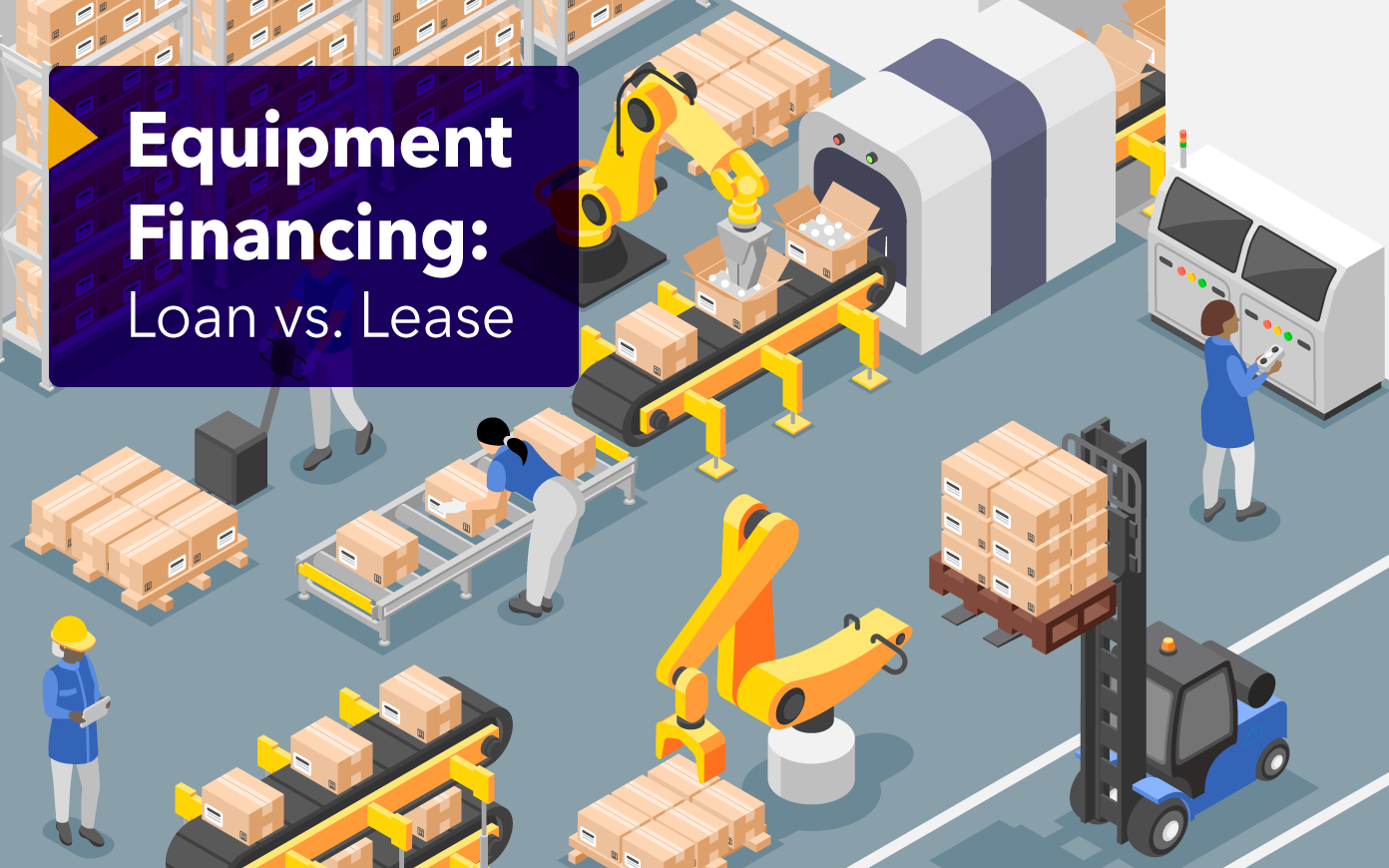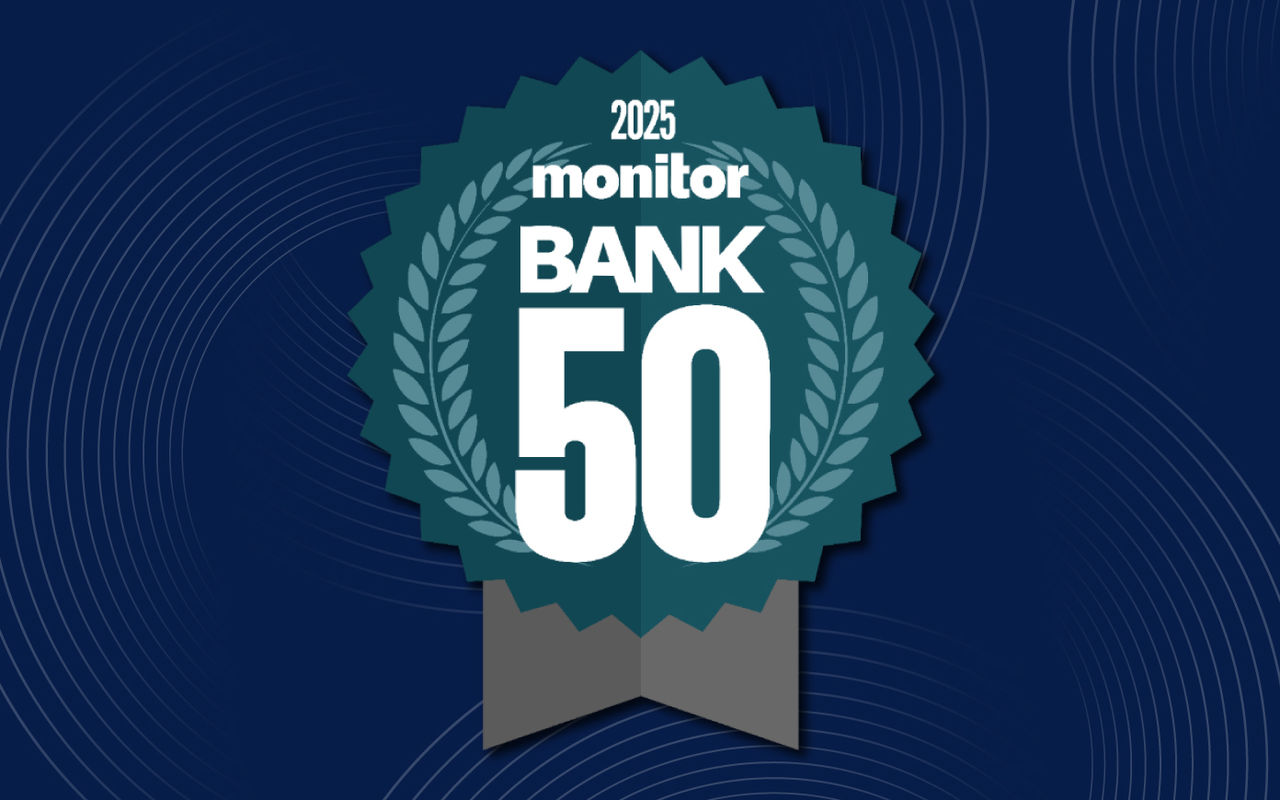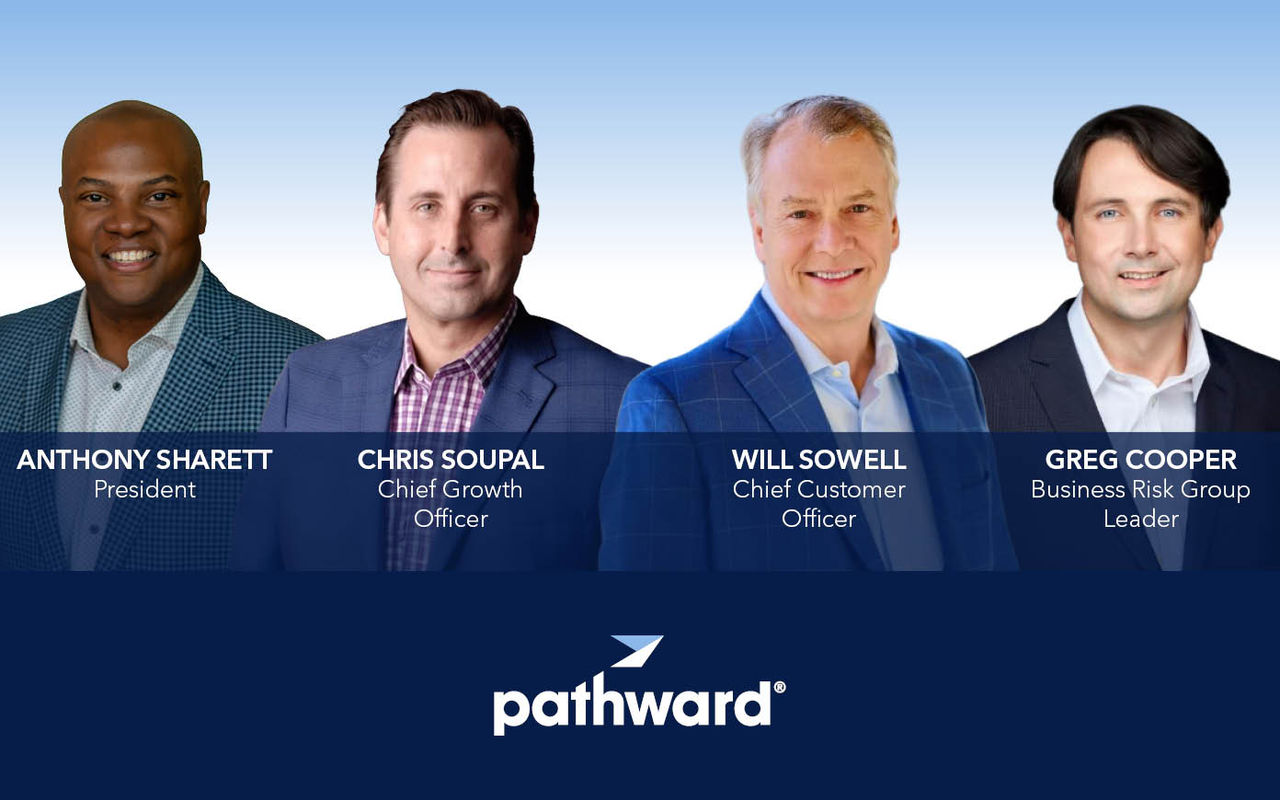
Investing in equipment is a crucial step in growing your business. But updating or acquiring equipment can be a major burden on your cash flow. That’s where equipment financing can help.
Whether you’re updating machinery, expanding operations, or starting something new, equipment financing allows you to spread payments over time with a loan, lease, or custom option without the need for a large cash outlay.



